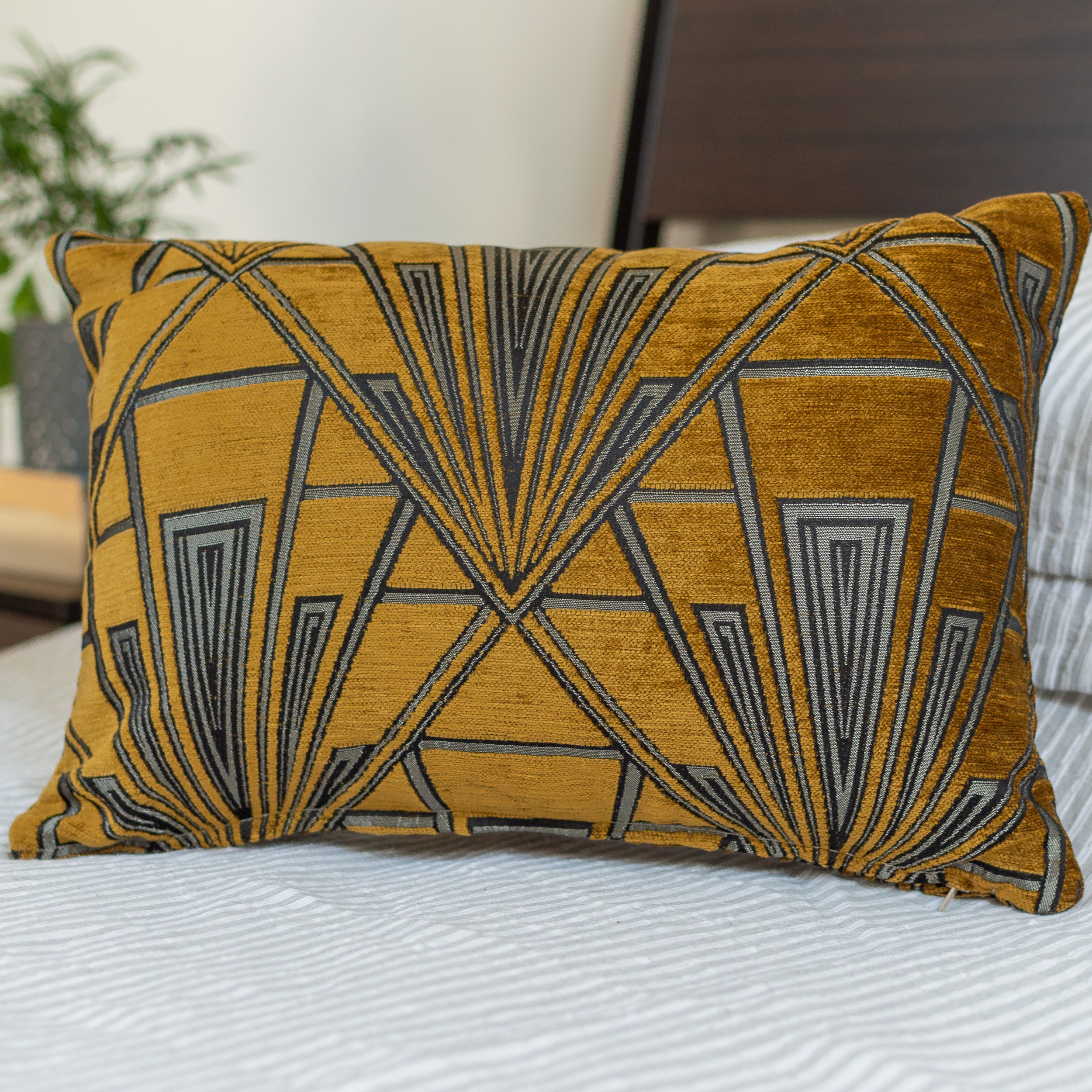How Unique Art can Save You Time, Stress, and Money.
How Unique Art can Save You Time, Stress, and Money.
Blog Article
Unique Art for Dummies
Table of ContentsIndicators on Unique Art You Should KnowUnique Art Can Be Fun For AnyoneThe 30-Second Trick For Unique ArtUnknown Facts About Unique Art
While one might question which art type holds priority, the truth remains that each of these 7 forms offers an one-of-a-kind home window right into human history, society, and evolution. They are the tapestries that chronicle our journey, reminding us of our past while inspiring visions for the future.Fantastic art work informs a tale, makes people look twice, and creates an unique experience that can't be matched. Art and illustrations communicate every one of that via shade, shape and other design elements. Discover just how to make your distinct artwork stand out from the group.
3 Emil DervishIn this entrance by Emil Dervish that lovely cobalt blue door steals the show. To bring much more dramatization, he extended the paint. to the doorframe and the wall up, ending up in a curved shape. The contours, along with a round sconce, soften the edges - Unique Art. Structures vintage posters and maps of cherished areas established the scene.
8 TRIA GIOVANEqual parts grand and laidback, this entrance hall made by Anthony Baratta is the ideal blueprint to comply with if you're embellishing an official entrance that still really feels unfussy and comfy. Formed fabrics take spotlight (see the carpetings and the sofa), but they also help bring the high ceilings to a human range when hung over wallpaper.
How Unique Art can Save You Time, Stress, and Money.
18 Heidi Caillier DesignA gallery wall doesn't require to take up the entire room. Occasionally a little one can make a bigger design declaration. In this living room, Hiedi Caillier opted for micro-mini frameworks and an arbitrary make-up.
, the expression of concepts and emotions, with the creation of particular aesthetic qualities, in a two-dimensional visual language. The elements of this languageits forms, lines, colours, tones, and texturesare utilized in various ways to produce sensations of quantity, area, movement, and light on a flat surface area. These components are integrated right into expressive patterns in order to stand for actual or supernatural phenomena, to analyze a narrative theme, or to produce entirely abstract aesthetic connections.
Later on the notion of the "fine musician" created in Asia and Renaissance Europe. Popular painters were paid for the social standing of scholars and courtiers; they signed their job, decided its design and typically its subject and imagery, and established a more personalif not constantly amicablerelationship with their patrons. Throughout the 19th century painters in Western cultures began to shed their social position and safe and secure patronage.
Fascination About Unique Art
Others earned a revenue with exploring events of their job. The need to appeal to a marketplace had replaced the similar (if less impersonal) needs of patronage, and its result on the art itself was most likely comparable also. Unique Art. Typically, artists in the 20th century could reach an audience only via commercial galleries and public museums, although their work might have been periodically duplicated in art regulars
For a conversation of the forgery of jobs of art, see imitation. For a discussion of the duty of painting and various other arts in religious beliefs, along with of the usage of religious signs in art, see spiritual meaning and iconography. For information on various other arts connected to their explanation paint, see posts such as attracting; people art; printmaking. It is the feeling of inevitability in this formal organization that offers a fantastic paint its self-sufficiency and presence. The colours and positioning of the principal images in a layout may be sometimes greatly determined by representational and symbolic considerations. It is the official interaction of colours and forms that alone is capable of communicating a particular state of mind, generating optical experiences of area, volume, activity, and light and creating pressures of both harmony and stress, also when a paint's narrative try these out significance is odd.
Do not duplicate the design of other artists if you're searching for your style. Copying other individuals's art work can be great in instructional purposes however it will not make you closer to finding your own unique style. Your imaginative style needs to be, what you such as and what motivates you.

Things about Unique Art
You require to try great deals of various choices and check out everything prior to you can concentrate on one specific style or you'll be tired, or worse, you'll despise your very own style. I recommend you to attempt every single subject that you're interested in, discover as much as you can. Attempt different mediums that delight you and new strategies you've never attempted before.
With time you'll be able to arrange every one of them into your favorite and the very least favorite groups. Try to concentrate your focus on the subjects and mediums that you like go and prior to you see it coming you'll have your own personal and special style, like no one else have! So ultimately you'll have a couple of preferred based on repaint and possibly a few favored tools.

Report this page